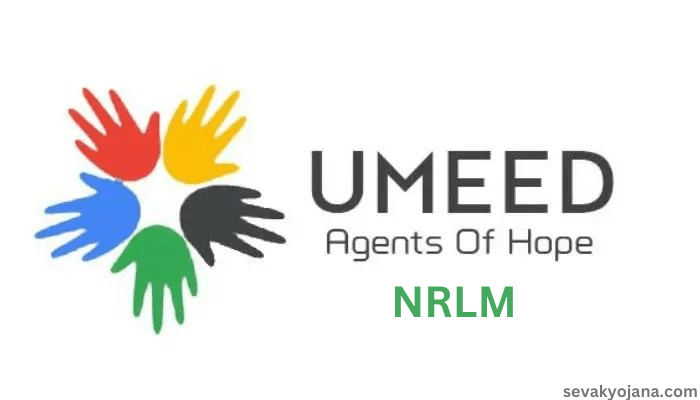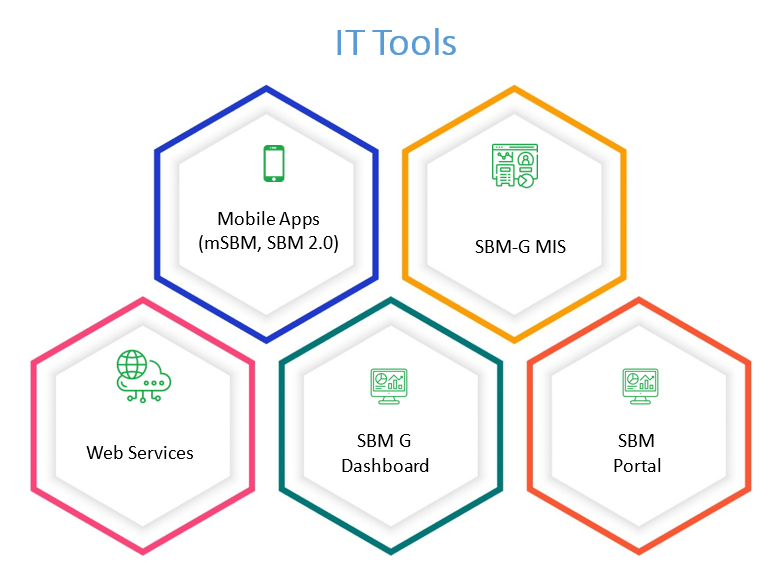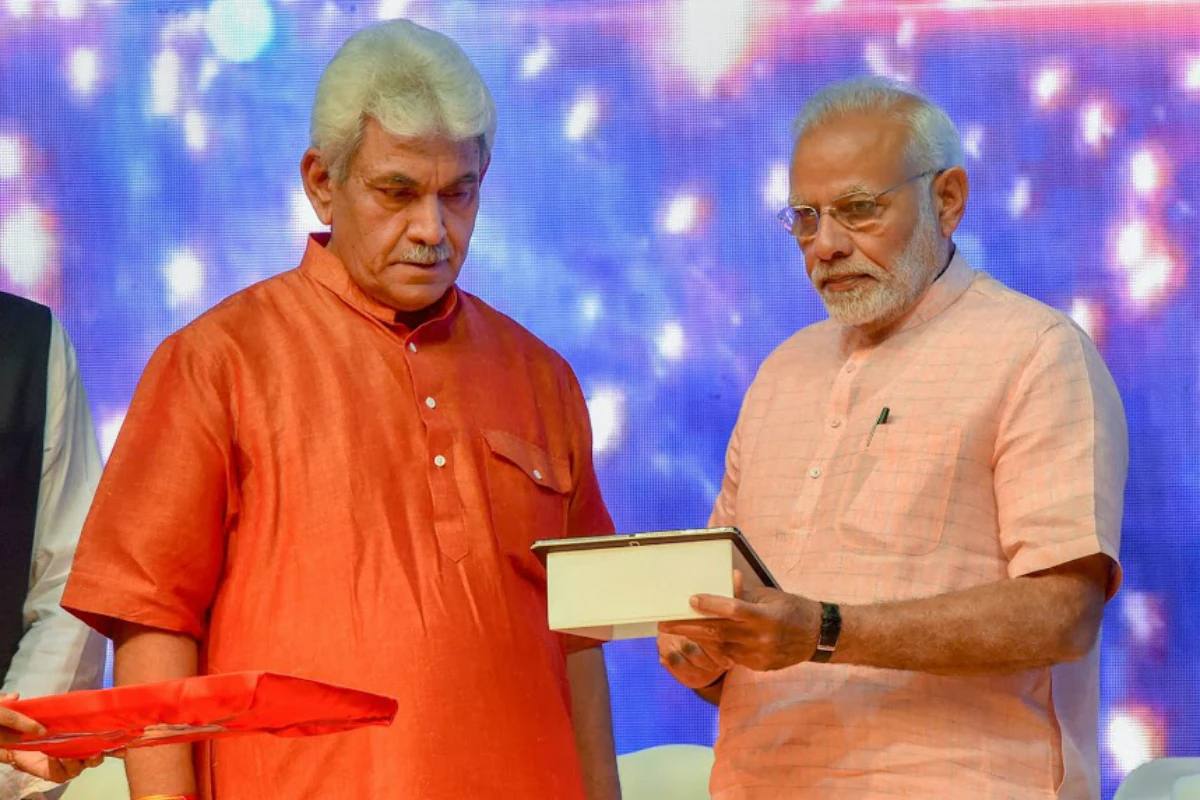Jammu and Kashmir Govt Schemes:The Jammu and Kashmir government, led by Governor Manoj Sinha, has released a brand-new list of public assistance programs. Since the repeal of Article 370, the government has never created a list like this to assist the common citizen. As of 5 August 2019, when the Indian Constitution takes force in the J&K union territory, people can now take advantage of the initiatives listed in the J&K Govt. New Schemes List 2023. The initiatives listed here are those that the central government and its sponsors are currently funding in Jammu & Kashmir.
This Jammu and Kashmir Govt Schemes List by Manoj Sinha includes more than 80 government initiatives. Several ministries, including those for rural development, finance, youth affairs, housing, and urban affairs, offer these initiatives. After the abolition of articles 35A and 370, this is the Indian government’s first substantial move toward development in the Union Territory. Residents of Jammu and Kashmir can now see the whole list of all 89 initiatives since they are qualified.
Jammu and Kashmir Govt Schemes
This Jammu & Kashmir Govt New Schemes List by Manoj Sinha includes more than 80 government initiatives. Several ministries, including those for rural development, finance, youth affairs, housing, and urban affairs, offer these initiatives.
NRLM UMEED
The UMEED program under the JKRLM is a centrally sponsored scheme to encourage women to be self-dependent and self-sufficient. It also encourages women to make small savings so that their self-help groups (SHGs) eventually become bankable at reduced rate of interest.

Benefits of NRLM Umeed scheme:
The UMEED program under JKRLM is a federally funded initiative to support women’s independence and self-reliance. Additionally, it encourages women to start small savings plans in order to eventually make their Self-Help Groups (SHGs) bankable at lower interest rates.
What is the role of NRLM:
NRLM would work on both demand and supply side of Financial Inclusion. On the demand side, it would promote financial literacy among the poor and provides catalytic capital to the SHGs and their federations.
PRADHAN MANTRI AWAAS YOJANA GRAMEEN PMAY
Pradhan Mantri Gramin Awas Yojana (PMAY) is an initiative of the Government of India to provide affordable housing to the rural poor. Originally launched in 1985 as “Indira Awas Yojana”, the PMAYG scheme was relaunched in 2016 as part of the “Housing for All by 2022” initiative by the present government.
The Government of India has launched a number of programs aimed at uplifting the lower class community in India and developing the impoverished and lower class households in India. Similar to this, the Pradhan Mantri Awas Yojana was launched in June 2015 with the intention of giving a pucca house to lower class families in India. As of right now, a large number of PM Awas beneficiaries have benefited from this program.

The PM Awas Yojana has made it possible for millions of Indian families to realize their dream of owning a pucca house. The criteria for PM Awas Yojana eligibility [Pm Awas Yojana gramin list] have been established, and those who qualify are provided aid by the government to construct homes through the bank. You will provide information about the Pradhan Mantri Awas Yojana Gramin List [Pradhan mantri awas yojana gramin] in the article that follows.
PMAY List – 2023:
Below you can check Pradhan Mantri Awas Yojana Rural List 2023 online. Here is the new housing list of all the states. To check your name in the PM Awas list, select your state from the list of states given below:
Swachh Bharat Mission Grameen SBM Gramin
The key objective of Swachh Bharat Mission Grameen (Phase2) is to sustain the ODF status of all the 6 lakh rural villages and to improve the level of cleanliness by making arrangement of solid and liquid waste management as ODF Plus by 2024-25.

The e-Governance Solutions including Mobile Apps, MIS, dashboards APIs, developed by NIC for Swachh Bharat Mission-Grameen (SBM-G), with the help of Department of Drinking Water Sanitation, aim to track the progress of ODF Plus progress in different states. The following are some important features:
- SBM-G e-governance solution is a Robust, Interoperable, Scalable, Secure and Role-based system which enables user to enter all the assets of solid and liquid along with geo coordinates using mobile app.
- SLWM assets created from MGNREGAs and FFC are being taken through web services of all the respective ministries / departments.
- On the basis of assets created in SBM / MGNREGA / FFC, villages are being declared as ODF Plus (Aspiring / Rising / Model) in SBM MIS.
- Information captured from mobile app and other IT tools is being displayed on the public dashboard. This can be tracked down up to village level (list of assets along with image and coordinates).
- This IT system is being used by all the field level state officials including stakeholders and all the department / ministries of GOI.
- MIS is being used for approval of assets by block and district level officials entered by geo tagger. Also, it is being used to report the expenditure incurred against reported assets and also generating various reports (including query based) as desired by various stakeholders.
[su_button url=”https://sbm.gov.in/sbmphase2/secure/login.aspx” target=”blank” style=”3d” size=”8″ center=”yes”]Login[/su_button]
Pradhan MantriI Kaushal Vikas Yojana
Pradhan Mantri Kaushal Vikas Yojana (PMKVY) (2016- 2020) is a flagship and grant-in-aid and outcome-based skill training scheme of the Ministry of Skill Development and Entrepreneurship (MSDE), Government of India (GOI). It is being implemented by National Skill Development Corporation (NSDC).
As the country’s largest skill certification scheme, PMKVY envisages realizing the vision by scaling India on a large scale, with speed and high standards.
PMKVY (2016- 2020) is being administered by the Center and the States through the Centre-States.
Sponsored Centrally-Managed (CSCM) and Centrally-Sponsored State-Managed (CSSM) Mode- 1,2
Objective:
It aims to encourage and promote skill development for youth across the country as per Common Criteria 4 issued by Government of India (GoI) for implementation of various skill development schemes of various Central Ministries/Departments, Government of India. The courses offered under this scheme are in line with the National Skill Qualification Framework (NSQF). the goal of the plan.
Enable and mobilize a large number of youth to take up industry designed quality skill training, become employable and earn their livelihood.
Increase the productivity of existing workforce, and align skill training with the real needs of the country.
Encourage standardization of the certification process and lay the foundation for creating a registry of skills.
To benefit 10 million youth over a period of four years (2016- 2020).
How to Apply:
Download file for more details.
[su_button url=”https://sevakyojana.com/wp-content/uploads/2023/08/2018072661.pdf” target=”blank” style=”flat” background=”#b17208″ size=”5″ center=”yes” icon=”icon: download”][/su_button]
Or
Child Protection Scheme ICPS
The Integrated Child Protection Scheme (ICPS) is mainly an instrument to implement the provisions of J.J. Act, 2000 which has been amended as Juvenile Justice Act, 2015 and came into force w.e.f. 15.01. 20106. The State has created a Juvenile Justice Fund for providing facilities to the juveniles.
What are the benefits of ICPS?
The ICPS will help orphan children and all other children in need to get a proper home with the support of CARA. The scheme will also ensure proper rehabilitation of child drug abuse victims, the victims of Child trafficking, and also juvenile offenders.
Who is eligible for ICPS scheme?
Eligibility: Children from at-risk families, migrant families, families living in extreme poverty, children affected by HIV/AIDS, orphans, child drug addicts, child beggars, and children who are sexually active are all included in the J.J. Act 2015’s definition of children in need of care and protection.
ICDS General
The Integrated Child Development Services (ICDS) welfare program of the Indian government provides food, preschool education, and basic healthcare to mothers and children under the age of 6.
ICDS Supplemenatary Nutrition Programme
Supplementary Nutrition is given to the children (6 months – 6 years) and pregnant and lactating mothers under the ICDS Scheme. The Government of India, on 24.2. 2009, has issued revised guidelines on nutritional and feeding norms.
ICDS Training Programme
In order to enhance and sustain the level of performance of project workers at all levels in the delivery of ICDS activities and services, training is a crucial component. It is the most important component of ICDS since bringing about behavioral change in the community and providing excellent services depend largely on the sincerity and engagement of the frontline functionaries, or the Middle Level and field functionaries.
The Anganwadi Training Center concentrates on routine training for the grass-roots workers to improve their capacities in carrying out ICDS operations at the village level and to include all of the targeted beneficiaries.
In addition to its regular training sessions, the Middle Level Training Centre proposed holding additional trainings to educate mothers, members of nonprofit organizations, and community leaders on various ICDS-related topics.
Ladli Beti Scheme
For baby girls in the Union Territories of J&K and Ladakh who were born on or after January 4, 2015, the Jammu & Kashmir government is sponsoring a social assistance program. The plan’s goal is to stop the female sex ratio from decreasing. The program also aims to prevent the girl kid from turning into a financial burden for her guardian or parent when she gets married. The program is a two-phase hybrid deposit strategy.
Benefits
- A recurring deposit account under this scheme shall be opened by the natural or legal guardian of the girl child.
- A contribution of Rs. 1000/- per month will be made by J&K Government from the birth of the girl child/account opening date for the next 14 years. (A total of Rs. 168000/- only will be contributed by the UT.)
- No credits other than a monthly contribution of Rs. 1000/- by the J&K Government is to be allowed in Phase I (RD Account)
- After the maturity of Phase I (recurring deposit account) the account will graduate to Phase II (Cumulative Term Deposit account).
- No partial drawls or Foreclosure will be allowed under any circumstances during any phase.
- Maturity benefits under the scheme will be paid to the beneficiary on completion of 21 years of age or 21 years after the first installment or 85 months after the last installment whichever is later by crediting the savings bank account of the girl child. However, the girl child is at liberty to reinvest the amount in any deposit plan of the bank at card rates.
- The nomination facility will not be applicable in the scheme. In the unfortunate event of the death of the girl child, the account will be closed immediately and the balance amount along with interest accrued will revert to the Union Territories of J&K and Ladakh;
- In the event of the death of the beneficiary, before she attains 21 years of age, the amount in the Recurring Deposit account / Term Deposit account shall be closed before maturity without pre-payment charges.
- The account opened at a particular branch may not be transferred to any other branch even if the girl child in whose name the account stands shifts to a place other than the city or locality where the account stands.
- The beneficiary/parent or guardian of the beneficiary shall produce a ‘life certificate of the beneficiary (girl child)’ certified by a gazetted officer or by the principal of the school/ college where she is enrolled before the concerned bank branch after every three years and at the time of maturity.
- As the scheme is aimed at households having an annual income of less than 75000/- The TDS shall not be deducted as long as the guardian/beneficiary furnishes form 15G/15H every year and has a valid PAN.
[su_button url=”https://digilocker.meripehchaan.gov.in/signin/oauth_partner/%252Foauth2%252F1%252Fconsent%253Flogo%253D1688451072_aaaaaaaaaaa.png%2526acr%253Daadhaar%252Bmobile%2526response_type%253Dcode%2526client_id%253DLOC6FDB0D3%2526state%253DmyschemeDevelopment%2526redirect_uri%253Dhttps%25253A%25252F%25252Fdev.myscheme.gov.in%25252Fapi%25252Fauth%25252Fdigilocker%25252Fcallback%2526code_challenge%253DNWVhNjYxZWE0NTY1M2U2MDNiZTM4MDAxOWFiMGJlOGY4ZTgwNGE3NGM4NzA4YWRkNWY0NWMzZjNhZDA0MGI5Yg%2526code_challenge_method%253DS256%2526scope%253Dopenid%252Baddress%252Bpicture%2526orgid%253D018015%2526txn%253D64d7453d7893coauth21691829565%2526hashkey%253D912c1062e5bede76f0745c8fc23116b357182a45e4beb92f4ed690baed9a95fc%2526requst_pdf%253DY%2526app_name%253DbXlzY2hlbWVEZXZsb3BtZW50%2526signup%253Dsignup” target=”blank” style=”flat” background=”#1c40de” size=”8″ center=”yes”]Login[/su_button]
Jammu and Kashmir Govt Schemes (FAQ)
What are the new schemes launched in JK?
Jammu and Kashmir Lt Governor Manoj Sinha announced three New Schemes- Holistic Development of Agriculture & Allied Sectors, Aspirational Towns, and Aspirational Panchayat for J&K Union Territory.
How many schemes are there in Jammu and Kashmir?
80+
What is the funding ratio of day-NRLM
DAY-NRLM is a Centrally Sponsored Scheme and the financing of the programme would be shared between the Centre and the States in the ratio of 60:40 (90:10 in case of North Eastern States including Sikkim; completely from the Centre in case of UTs).
What is the interest rate for NRLM?
7% per annum.
What is the scheme of ICPS?
Integrated Child Protection Scheme (ICPS) is a centrally sponsored umbrella scheme under which various schemes for children in need of care and protection, and children in conflict with law are covered. The programme is being implementing through Haryana State Child Protection Society (HSCPS).
Conclusion:
If you’ve any thoughts on the Jammu and Kashmir Govt Schemes then feel free to drop them in the below comment box. Keep visiting our website: sevakyojana.com for new updates.
I hope you like this post so please share it on your social media handles & Friends. Don’t forget to subscribe to our newsletter to get new updates related to the posts, Thanks for reading this article till the end.

